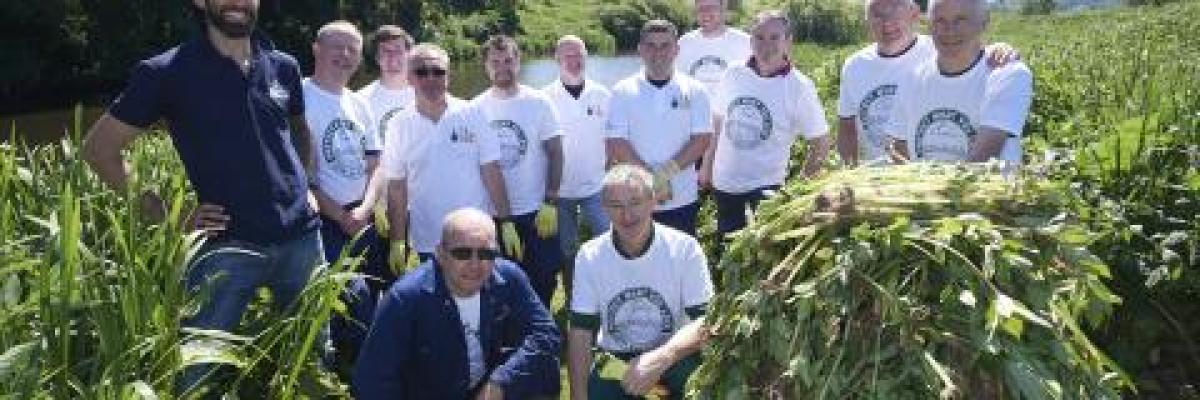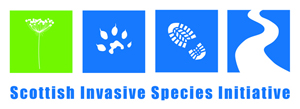Volunteers halt alien invasion

Volunteers across the North East of Scotland turned out in force during national Volunteer Week to help put a stop to the spread of alien invasive species while working with the Scottish Invasive Species Initiative (SISI).
The Initiative, led by Scottish Natural Heritage (SNH) and funded by the Heritage Lottery Fund, was set up to tackle one of the countryside’s biggest problems – invasive non-native (alien) species.
Project Manager, Callum Sinclair explains; “Invasive non-native species are those that have been introduced to Scotland and are spreading and causing harm to our environment, native wildlife or people. They are a big threat to the nature of Scotland and so it’s crucial we address the problem.
“We can’t deal with this threat on our own, so our project is working with volunteers and local communities to put in place sustainable, long-term control for the worst offending plants and for the invasive American mink. This is a really ambitious project working at a huge scale. It encompasses over a third of Scotland and the success of it hangs on the support and dedication of networks of volunteers working with us and our local fishery trust partners.”
Luckily, many people already have a passion and love for their countryside, just like the staff from Chivas Brothers, who decided that they wanted to do something to make a difference in the environment and spent a day volunteering with the project.
Gordon Buist, Production Director at Chivas Brothers Pernod Ricard said “We're delighted to be partnering with the Scottish Invasive Species Initiative for our 'Responsib’ALL day.' We've had a fantastic day removing an invasive species, Himalayan balsam, from the banks of the river Deveron. It's really rewarding to make a contribution to an important environmental project, and we look forward to a continued partnership in the future.”
Himalayan balsam grows in dense stands along the riverbank and not only does it start blocking paths but it also out-competes native flowers. When the balsam dies back in the winter, it leaves bare ground, leaving the riverbank at risk of erosion and flooding. The problem is addressed by removing the balsam, by hand pulling, and restoring the river bank habitat.
As well as removing Himalayan balsam, the group set up a mink monitoring raft - which one of the staff has agreed to adopt and check weekly for tell-tale mink footprints on its clay surface.
Meanwhile across the wider project area, activities were also run with volunteers from Whale & Dolphin Conservation and the Scottish Wildlife Trust at the Spey Bay Reserve (Fochabers), where volunteers tackled giant hogweed plants and set up a mink raft and wildlife camera.
Volunteer Officer for the SISI project, Vicky Hilton, said “Over the next three to four years, the project will have lots of opportunities for people to get involved, learn new skills and gain qualifications. You can get hands-on with plant removal, adopt a mink raft, report invasive sightings or do some biological surveying - we’d love to hear from anyone who wants to get involved. No experience is necessary and you can contact us by emailing [email protected] or follow us on social media to find out about upcoming activities and opportunities.”
